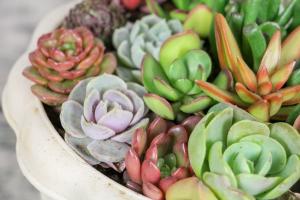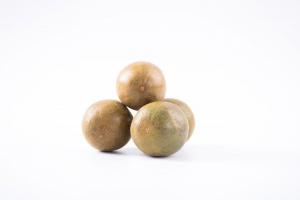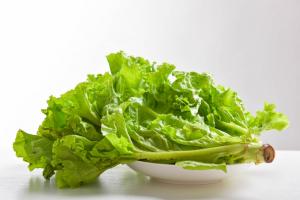What Kind of Peach Tree Should I Plant?
If you're considering planting a peach tree, there are several factors to consider before making your decision. From climate to soil composition, there are many variables that can impact the success of your peach tree. In this article, we'll discuss the different types of peach trees and what you should consider when choosing which one to plant.
Consider Your Climate
The type of climate you live in is perhaps the most important factor to consider when selecting a peach tree. Certain varieties of peach trees thrive in warm, humid climates, while others prefer cooler, drier weather. Before you make your choice, research which types of peach trees grow best in your region.
Choose Your Type of Peach
There are two main types of peach trees: clingstone and freestone. Clingstone peaches have flesh that clings to the pit, while freestone peaches have flesh that separates easily from the pit. Freestone peaches are more commonly sold in grocery stores, but both types can be grown in your backyard. Decide which type is best for your needs before selecting a peach tree.
Select the Right Size Tree
Peach trees come in different sizes, from dwarf to standard, and choosing the right size for your yard is important. Dwarf trees are a good choice for small yards or for those who want to grow peaches in containers. Standard trees can grow up to 20 feet tall and require more space to grow. Additionally, trees labeled "semi-dwarf" fall somewhere in between these two extremes.
Consider Pollination Requirements
Most peach trees require cross-pollination with another tree in order to produce fruit. If you're planning to plant only one peach tree, make sure to choose a self-pollinating variety. Otherwise, you'll need to plant two or more trees that bloom around the same time and can cross-pollinate with each other.
Choose Your Rootstock
The type of rootstock you choose can affect the size and growth rate of your peach tree. While standard rootstock is the most common, there are other options available. If you want a larger tree, choose a rootstock that promotes a stronger, more vigorous growth. If you want a smaller, more manageable tree, look for a rootstock that keeps the tree's size more compact.
Caring for Your Peach Tree
Once you've selected and planted your peach tree, make sure to provide it with the proper care. Peach trees require regular watering, especially during hot, dry weather. Make sure to fertilize your tree at least twice a year, following recommended schedules for your specific type of tree. Prune your tree regularly to promote healthy growth and improve the quality of your fruit.
Conclusion
Choosing the right peach tree can be challenging, but with some research and consideration, you can find the perfect tree for your needs. Remember to consider your climate, the size of your yard, pollination requirements, and rootstock before making your final decision. With proper care, your peach tree can provide you with delicious, juicy peaches for years to come.

 how many times do yo...
how many times do yo... how many planted tre...
how many planted tre... how many pine trees ...
how many pine trees ... how many pecan trees...
how many pecan trees... how many plants comp...
how many plants comp... how many plants can ...
how many plants can ... how many plants and ...
how many plants and ... how many pepper plan...
how many pepper plan...
































